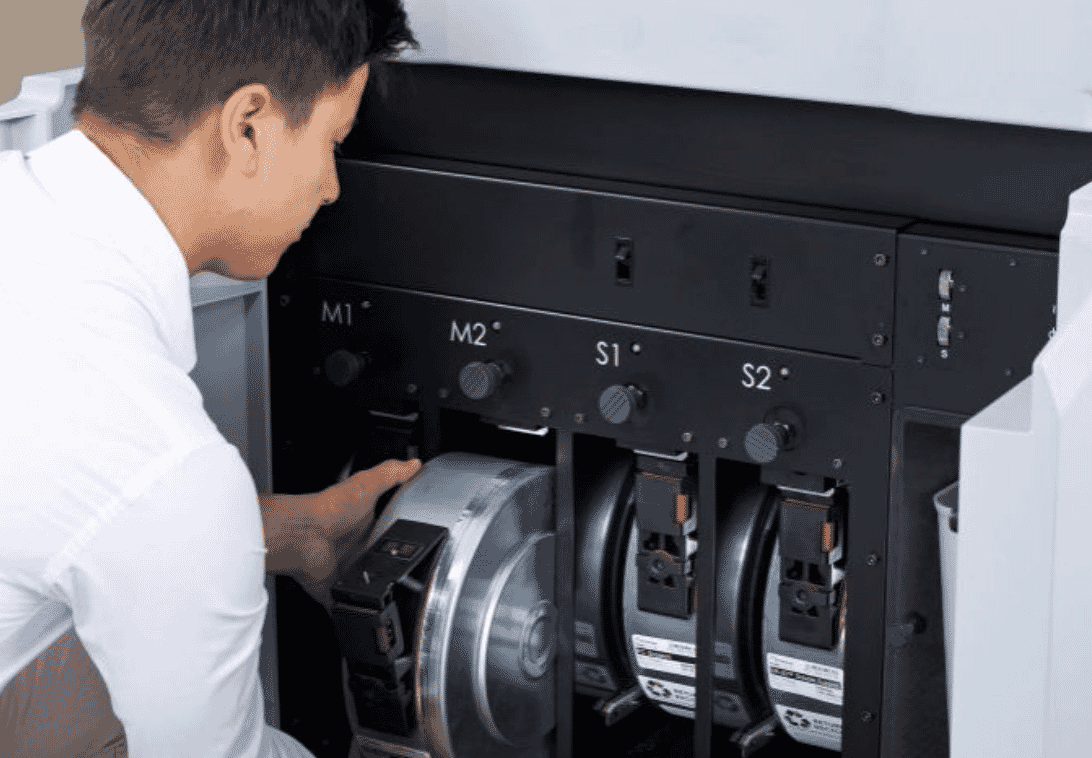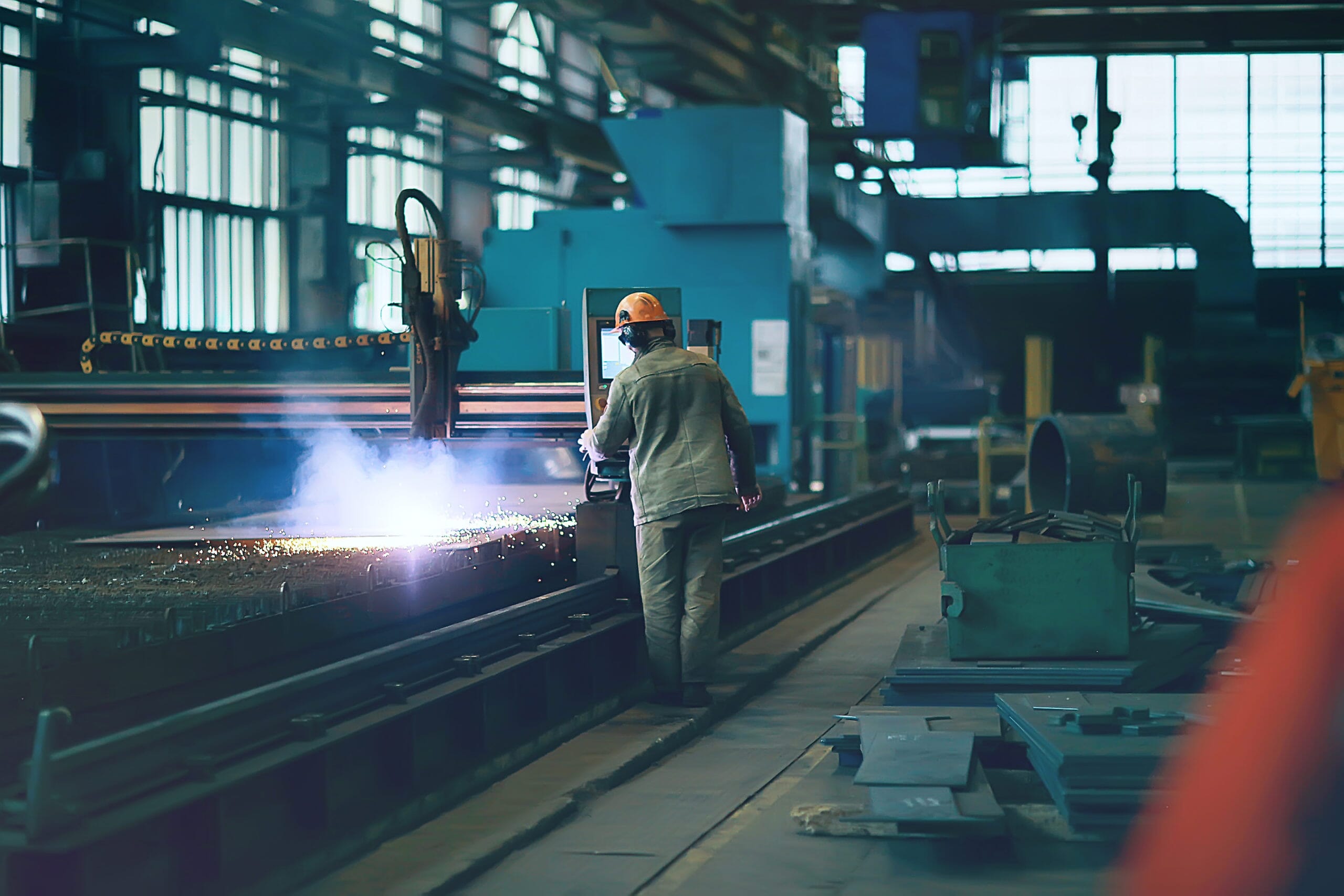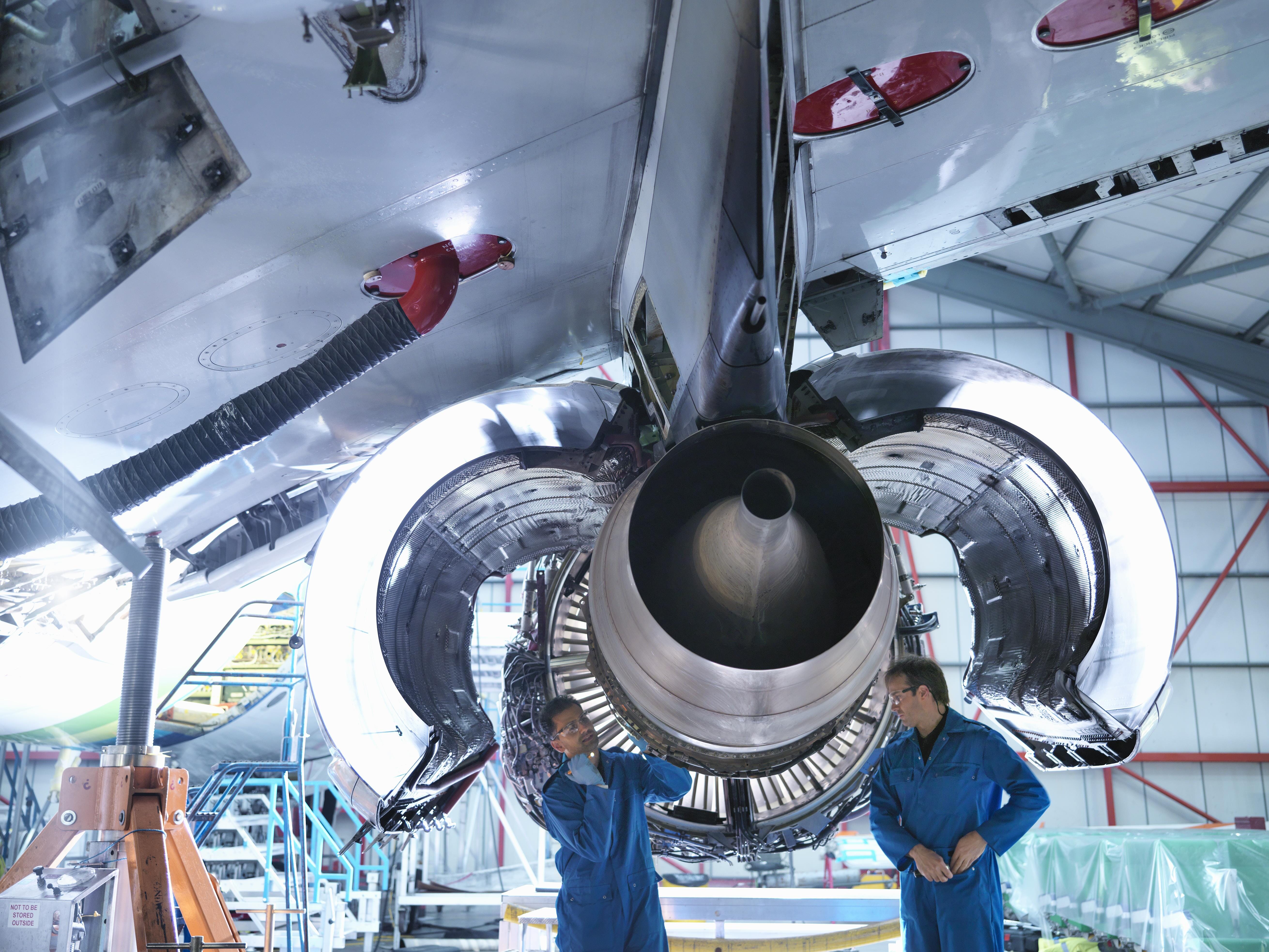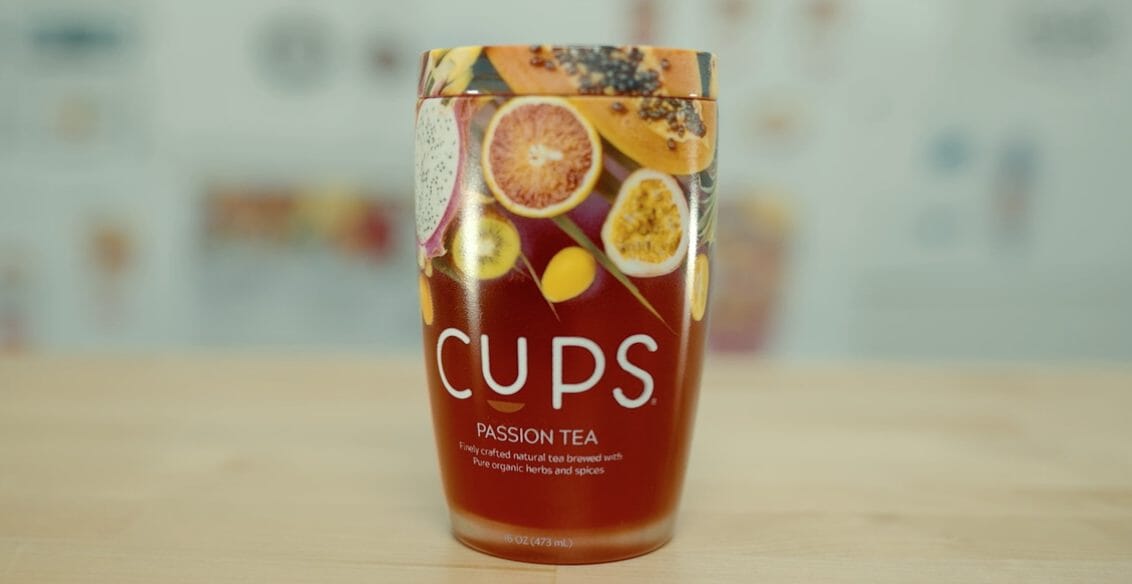Materials
Simply click on the highlighted text to download the materials data specification sheet.
- ABSi – ABSi is an ideal material for conceptual modeling, functional prototyping, and direct digital manufacturing. Its strength is superior to standard ABS.
- ABS M30 – ABS-M30 is up to 25 to 70 percent stronger than standard ABS. It has greater tensile, impact & flexural strength than standard ABS. Layer bonding is significantly stronger than that of standard ABS, for a more durable part.
- ABS M30i – this material has high strength and is well suited for the medical, pharmaceutical and food packaging industries. This engineering thermoplastic has good mechanical strength and complies with ISO 10993 and USP Class VI.
- ABS ESD7 – (acrylonitrile butadiene styrene-electrostatic dissipative) is an ABS thermoplastic with static dissipative properties for applications where a static charge can damage products, impair their performance or cause an explosion.
- ASA – this materials UV resistance makes it especially suited in end-use parts for outdoor commercial and infrastructure use. It’s wide selection of colors and matte finish makes it ideal for attractive prototypes in consumer sporting goods, tools and automotive components and accessories.
- Antero 800NA – this material is one of the Stratasys PEKK materials, possessing excellent physical and mechanical properties. In addition to being tough and wear-resistant, Antero 800NA is characterized by high strength, high heat resistance, low outgassing, and superior chemical resistance
- DIRAN 410-MF07 – this material is a durable, nylon-based thermoplastic. It demonstrates exceptional toughness and resistance to hydrocarbon-based chemicals while maintaining a smooth, lubricious surface quality.
- NYLON 6 – this material combines strength & toughness superior to other FDM Thermoplastics, for applications that require strong, customized parts and tooling that lasts longer and withstands rigorous functional testing.
- NYLON 12 – this material is ideal for applications that demand high fatigue endurance, including repetitive snap fits and friction-fit inserts. Nylon offers the best Z-axis lamination and highest impact strength of any FDM thermoplastic, as well as excellent chemical resistance.
- NYLON 12CF – a carbon-fiber-reinforced thermoplastic that meets the demanding needs of the production environment, allowing the replacement of metal tooling for applications such as forming and end-of-arm tooling.
- PC – this material offers accuracy, durability and stability, creating strong parts that withstand functional testing. Superior mechanical properties to ABS and a number of other thermoplastics.
- PC ABS – this material offers the most desirable properties of both materials – the superior strength and heat resistance of PC and the flexibility of ABS. PC-ABS blends are commonly used in automotive, electronics and telecommunications applications.
- PLA – a thermoplastic made from renewable resources, PLA helps you produce design concepts quickly and economically in 11 different colour options. PLA offers fast printing, good tensile strength, and a high stiffness ratio.
- PC-ISO – this thermoplastic is commonly used in the food and drug packaging and medical device manufacturing because of the material’s strength and medical compatibility. PC-ISO gives you parts that can be used for conceptual modeling, functional prototyping, and production parts.
- PPSF/PPSU – (polyphenylsulfone) material has the greatest heat and chemical resistance of all FDM materials. It can withstand a variety of sterilization methods including steam autoclaving, radiation and ethylene oxide.
- TPU 92A – this material is a resilient thermoplastic polyurethane combining flexibility and stretch with abrasion and tear resistance. 3D printing with FDM TPU 92A provides a superior alternative to less optimal TPU 3D printing technologies and eliminates expensive and time-consuming molding or casting methods to produce elastomer parts.
- ULTEM 9085 – is a flame-retardant high-performance thermoplastic for digital manufacturing and rapid prototyping. It is ideal for the transportation industry due to its high strength-to-weight ratio and its FST (flame, smoke and toxicity) rating.
- ULTEM 1010 – this resin is available in a general-purpose grade as well as a certified grade (CG) for those customers who want to take advantage of food-contact and bio-compatibility certifications for special applications including food production tools and custom medical applications






